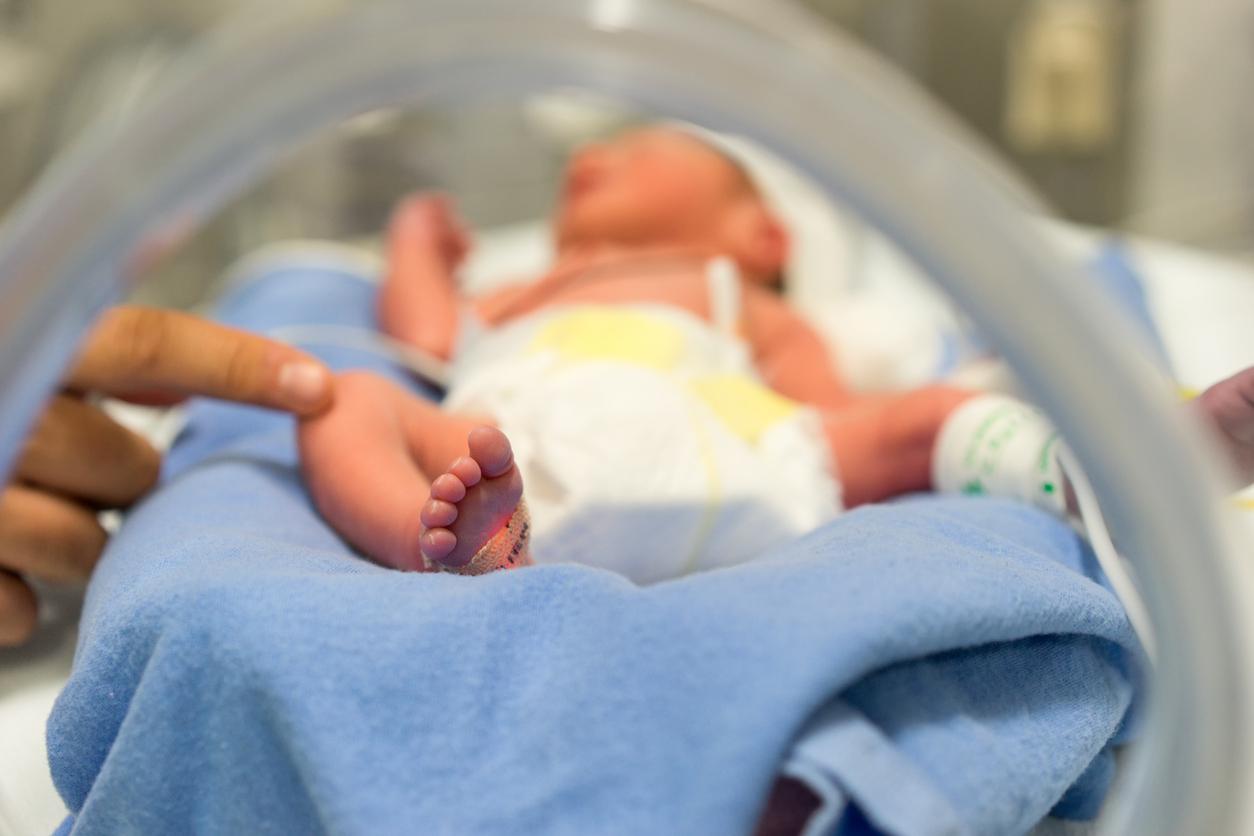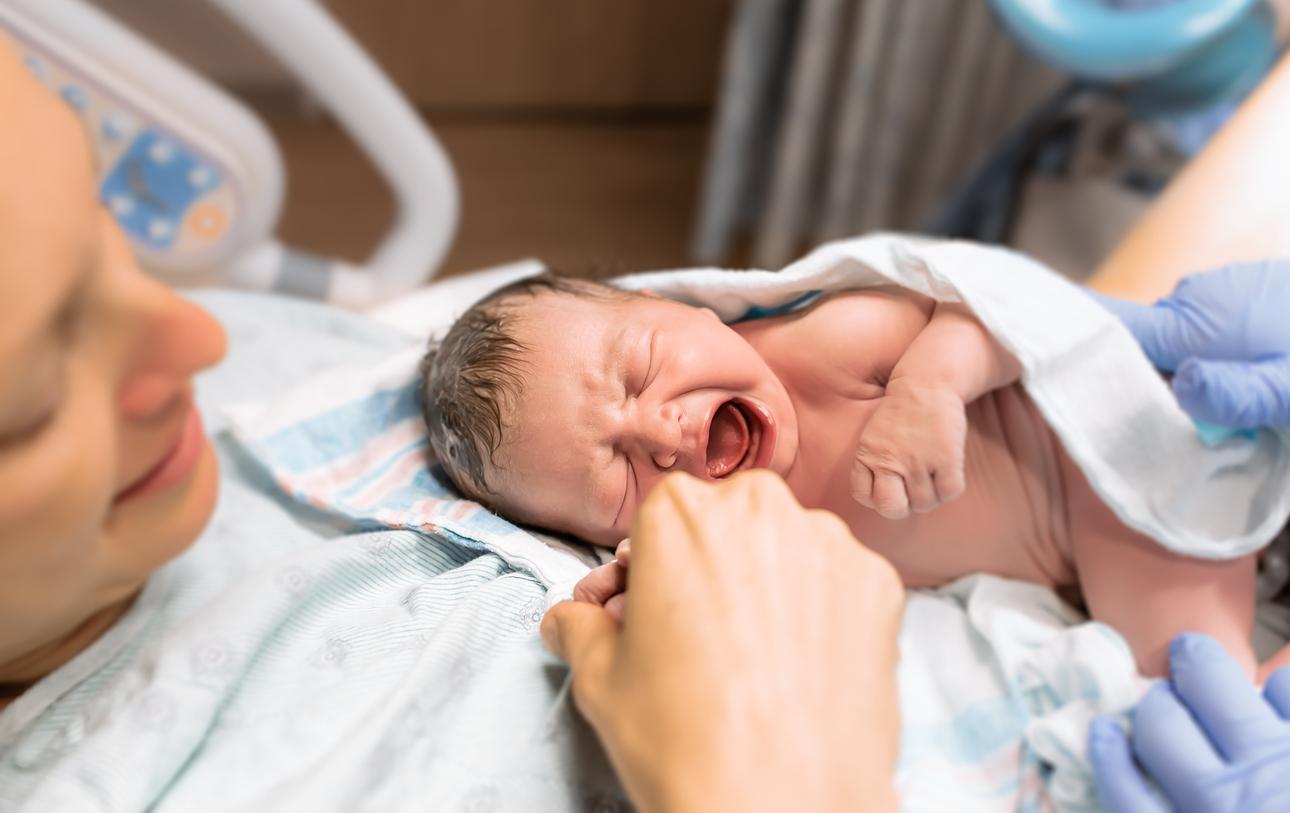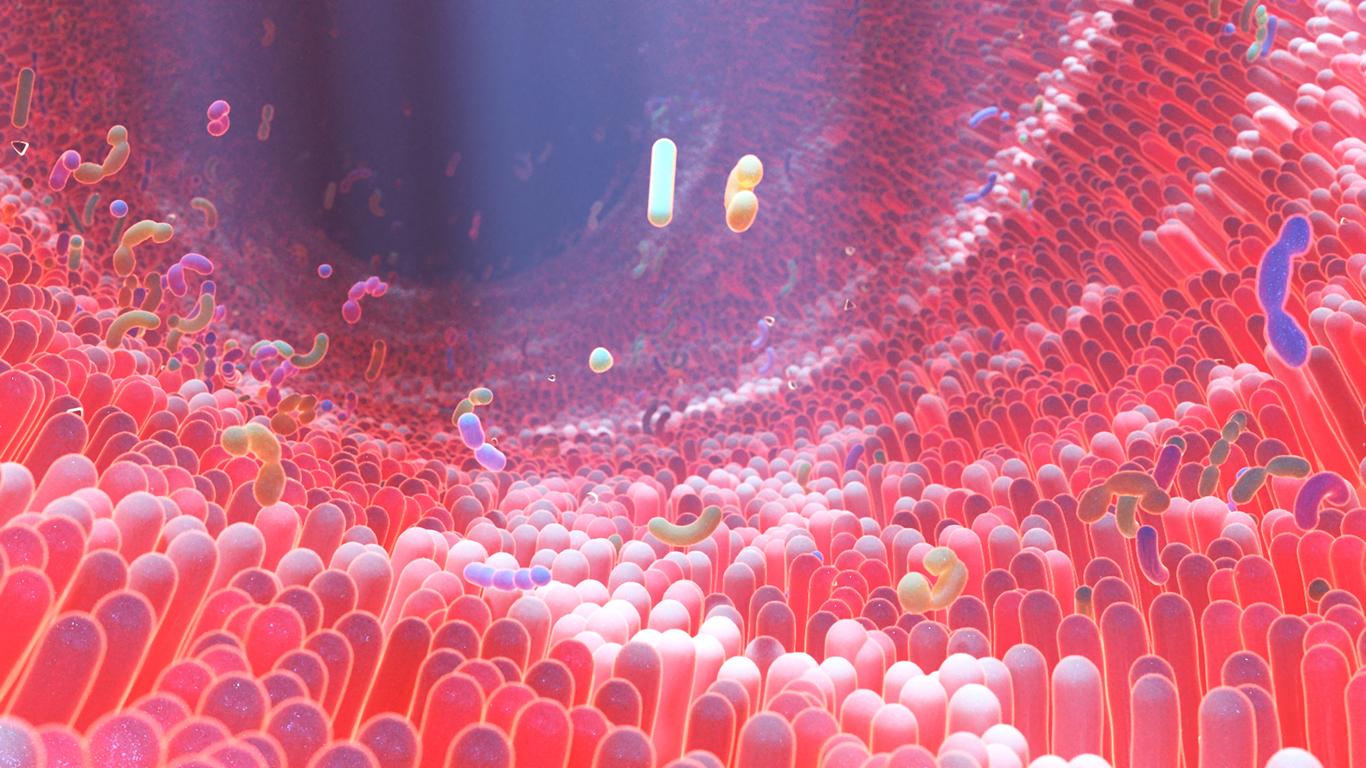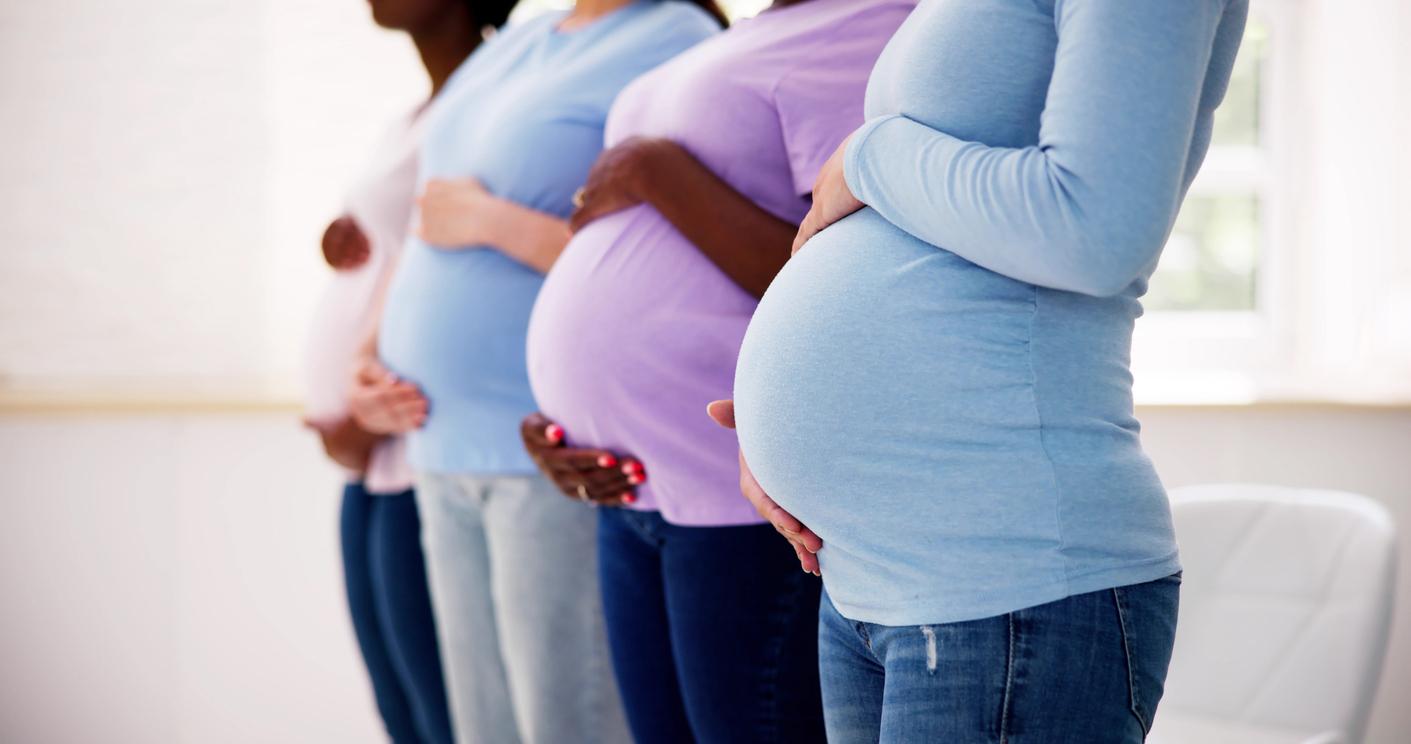By examining the type of microbes present in the uterus, and selecting them, it would be possible to increase the number of successful IVFs.

“The uterine cavity has long been considered sterile,” recalls Dr. Carlos Simon, gynecologist and researcher at the University of Valencia, Spain. But this is not the case. The bacterial populations present in the uterus would even have an influence on the success of a pregnancy after implantation of embryos resulting from in vitro fertilization (IVF), according to the results of a study that he led in a clinic of Spanish fertility, published in the journal American Journal of Obstetrics and Gynecology.
“Our team looked for the existence of a microbiota in the endometrium (walls of the uterus, editor’s note), and observed that it was different from the vaginal bacterial population, says Dr. Simon. We evaluated its influence on hormonal regulation, and on success in patients who are candidates for IVF ”.
One type of bacteria in particular seems to influence the chances of embryos remaining in the uterus: Lactobacillus. When these are dominant in the womb, the chances of success are better.
Anticipate and promote success
Currently, the chances of successful IVF are leveling off at around one in five. The study of endometrial tissue and gene expression no longer make it possible to further optimize the chances of success, in the current state of knowledge.
For women who have difficulty conceiving, even through in vitro fertilization, these results pave the way for diagnostic tests that assess the composition of the uterine microbiota. Tests that would define the chances of conception, but which could also lead to antibiotic or probiotic treatments, favoring the most useful bacteria.
In a commentary accompanying the study, Dr. Linda Giudice, professor of endocrinology and reproductive specialist at the University of California, San Francisco, believes it’s time to follow these different leads on the microbes side, viruses, fungi, epigenetics and all the molecules present in the uterus.
.















